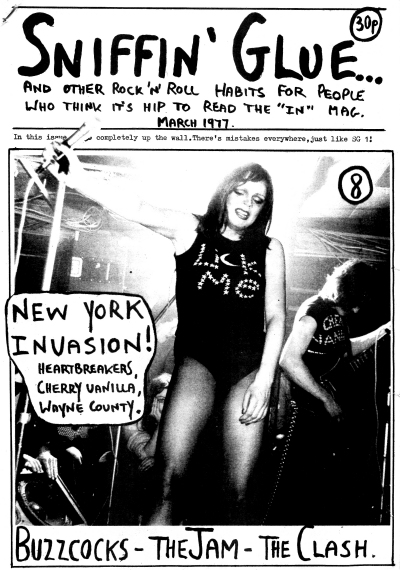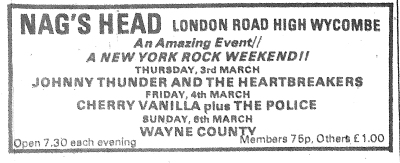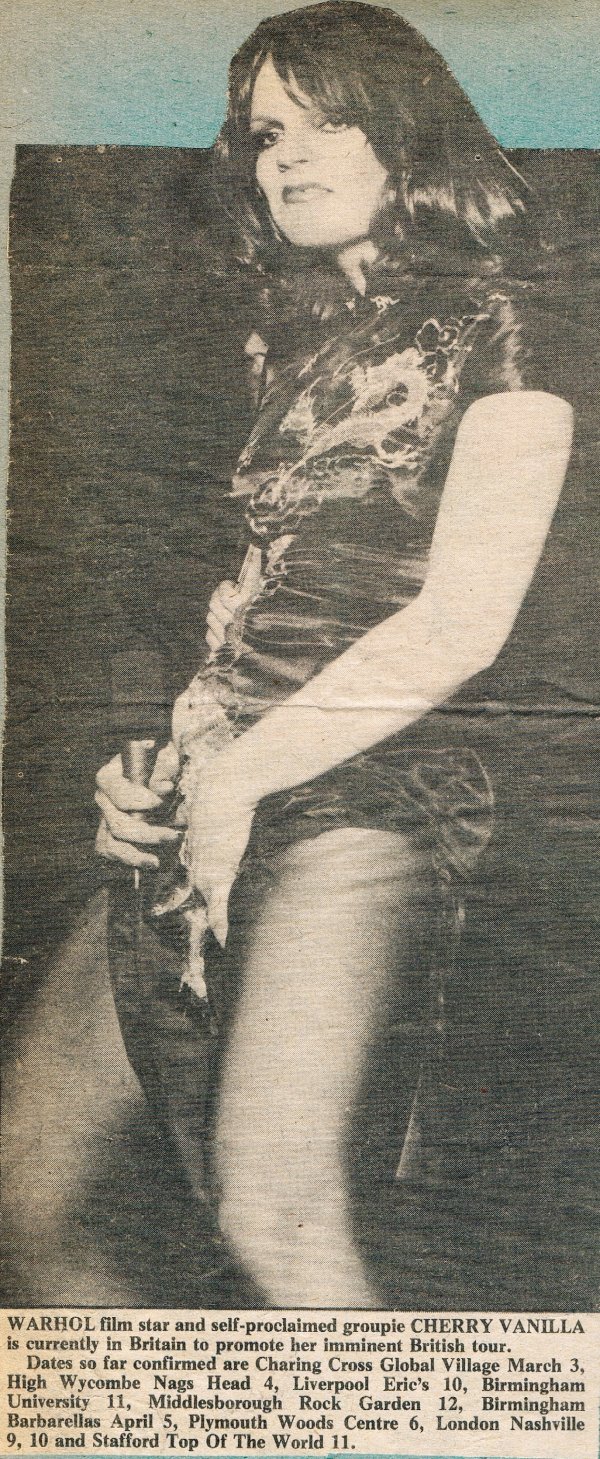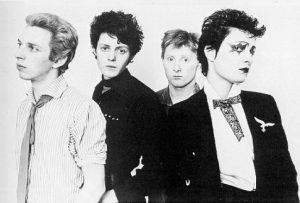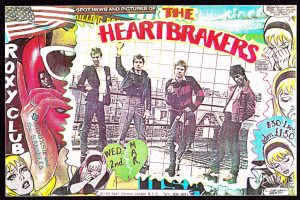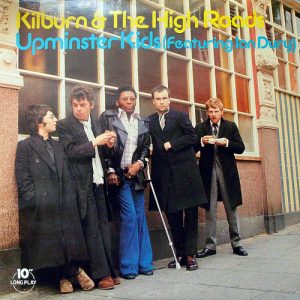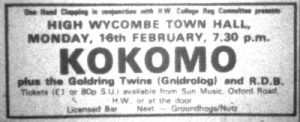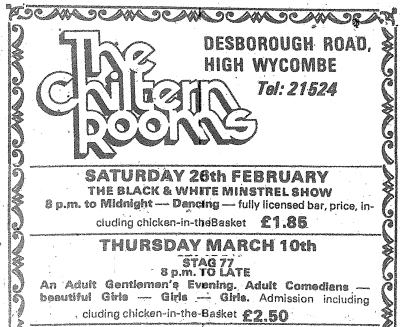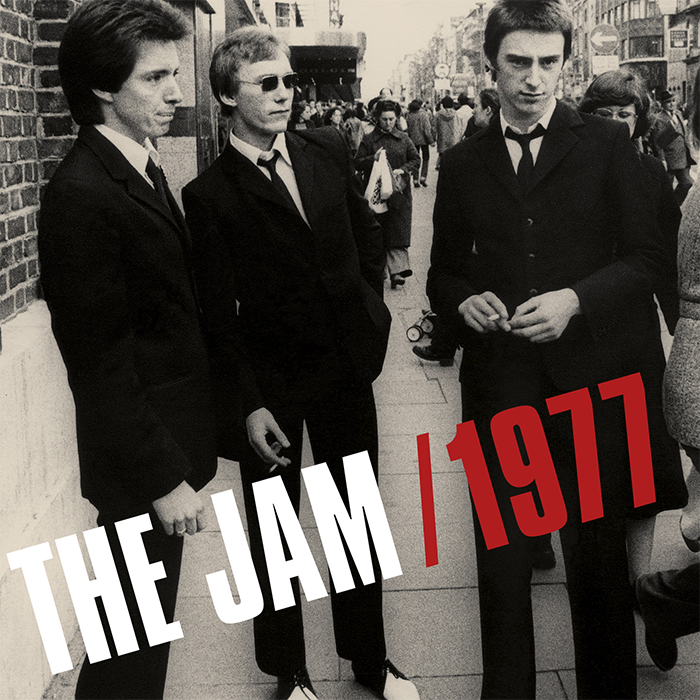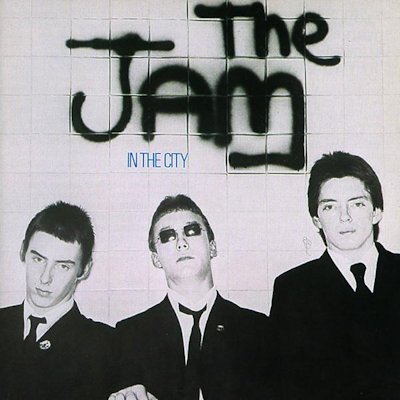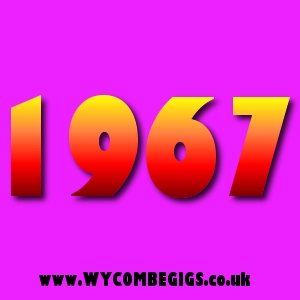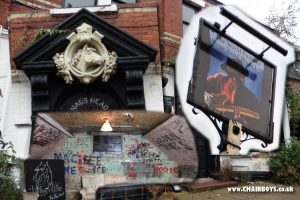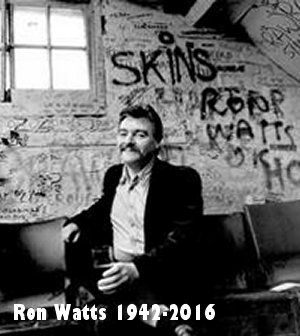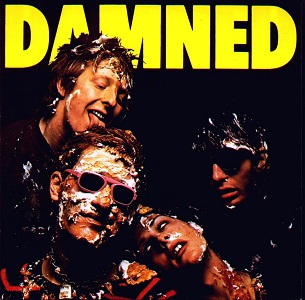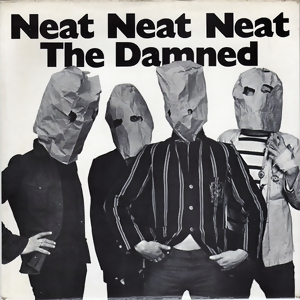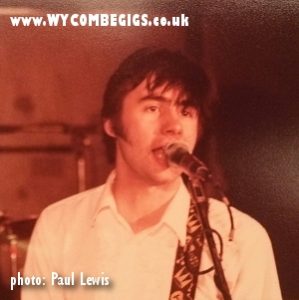Sunday 6th March 1977 – Wayne County and The Electric Chairs– Nag’s Head
Wayne County and The Electric Chairs are the main act for the third and final night of the USA Rock Weekend gigs held at The Nag’s Head in March 1977.
30 year old transgender Wayne County (real name Wayne Rogers) had moved to London from the USA earlier in 1977 to join in the ever growing punk scene in the UK. His latest band The Electric Chairs included Greg Van Cook (guitar), Val Haller (bass) and Chris Dust (drums).
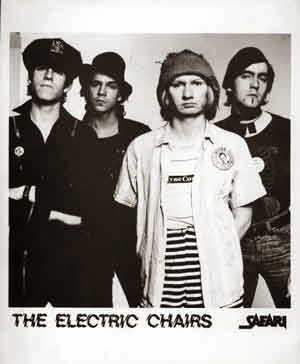
No support act is detailed on the gig poster or press ads for this gig but the previous evening at The Roxy, it was The Adverts who were billed to support Wayne County. Did they support at The Nag’s Head too?
No mention of The Adverts in Kris Needs’ review of the evening in the April 1977 edition of Zig Zag but there is a very detailed report of Wayne County and his band antics down the famous London Road venue.
Wayne County is one of the few rock singers you can call unique. Onstage he can be a brassy street tart, a human dustbin, Patti Smith or just plain (?) Rocking Wayne County.
He’s currently slaying English audiences with the act he’s been doing in the States for the last two years.
Picture the scene: the crowd at The Nags Head is clustered around the stage waiting for Wayne. A newly shorn Greg Van Cook, and the rhythm section picked up in England – Val Haller (bass) and Chris Dust (drums) – stroll onto the low stage and lock into the stomping riff of The Strangeloves’ ‘Night Time’.
A glamourous apparition appears at the back of the stage, smiling seductively. It’s wearing a tiny pink silk number, fishnet tights, heavy make-up and tatty green rags over its body and long ash-blonde wig. It sings, and a full-bodied rock’n’roll voice comes out…it’s Wayne County!
He gyrates, shimmies, shakes his ass and finally finishes the song by licking his fingers, bending over and plonking an imaginary postage stamp on his posterior.
Wayne and The Backstreet Boys plough through such gems as ‘Cream In My Jeans’, ‘Putty’ and the amazing ‘If You Don’t Want To F**k Me (F**k Off)’, which is dedicated to “all the pr*ck teasers in the audience”!
Wayne disappears after announcing a number called ‘Toilet Love’, and two minutes later another apparition appears, this time covered from head to foot in garbage!…Corn Flakes packets, old newspapers, beer cans and a copy of The Sex Pistols’ Anarchy In The U.K. fanzine adorn Wayne’s red-hooded bin liner.
At strategic points in the song he bends over, barely covered butt pointed at the audience, and does loud raspberries down the microphone.
Then it’s Patti Smith time, which sees Wayne decked out in Patti rags and black wig, intoning a breathless stream-of-consciousness rap about Jim Morrison’s cosmic pubes and being gangbanged by a team of football players. Wayne finishes and races off-stage again to emerge for the fourth time as…himself, in shades and a faded denim jacket with ‘DC5’ scrawled on the back and the sleeves ripped off.
They do ‘Max’s Kansas City’, Wayne’s s best known song, which is a bit like a who’s-who of the New York rock scene.
The encore is the Stones’ ‘The Last Time’, which sees Wayne bent over with his head in the bass drum. Yet another encore is demanded and Wayne obliges with a reprise of ‘If You Don’t Wanna F*ck Me’.
Needs then admits he had to dash off to the downstairs toilets, adding:
Standing there my grin gets bigger than it already is, as the song’s rousing chorus (basically the title) booms out over the pub and into the downstairs bar. I can just see the nice young couples out for a quiet Sunday drink spluttering into their halves of lager as Wayne drowns out the jukebox hits.
Meanwhile. Upstairs, Promoter Ron Watts quickly recognises the popularity of Wayne County on The Nag’s Head crowd and is quick to book them in for another appearance the following month. They will become High Wycombe favourites during a period that Wayne became Jayne.
Here is a YouTube clip from a similar era as The Nag’s Head gig.
